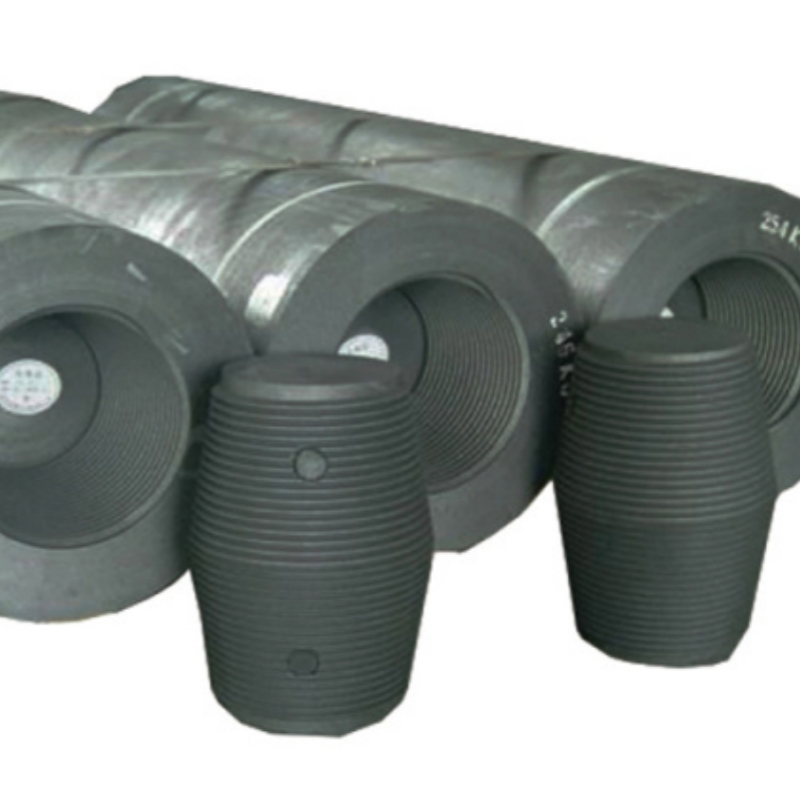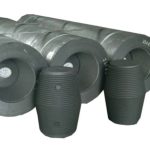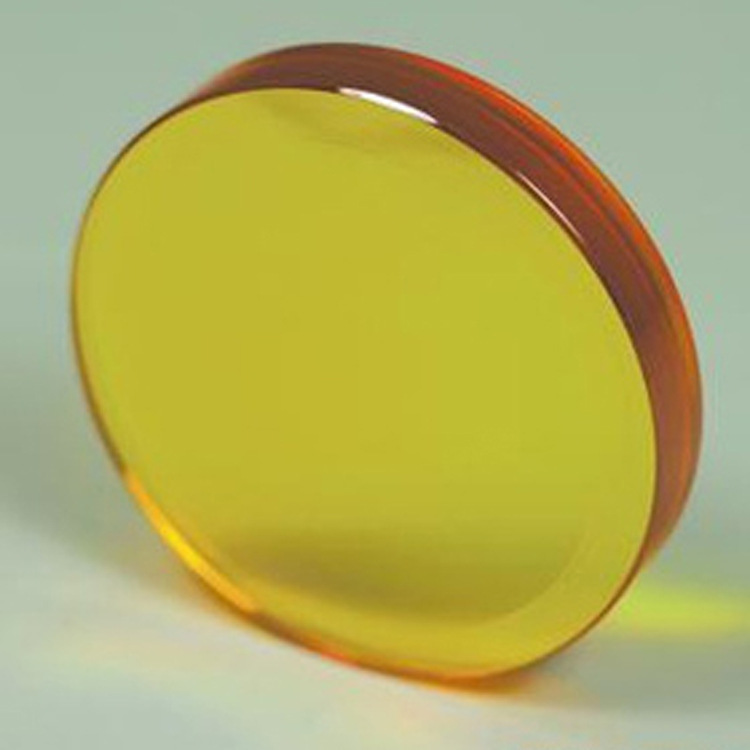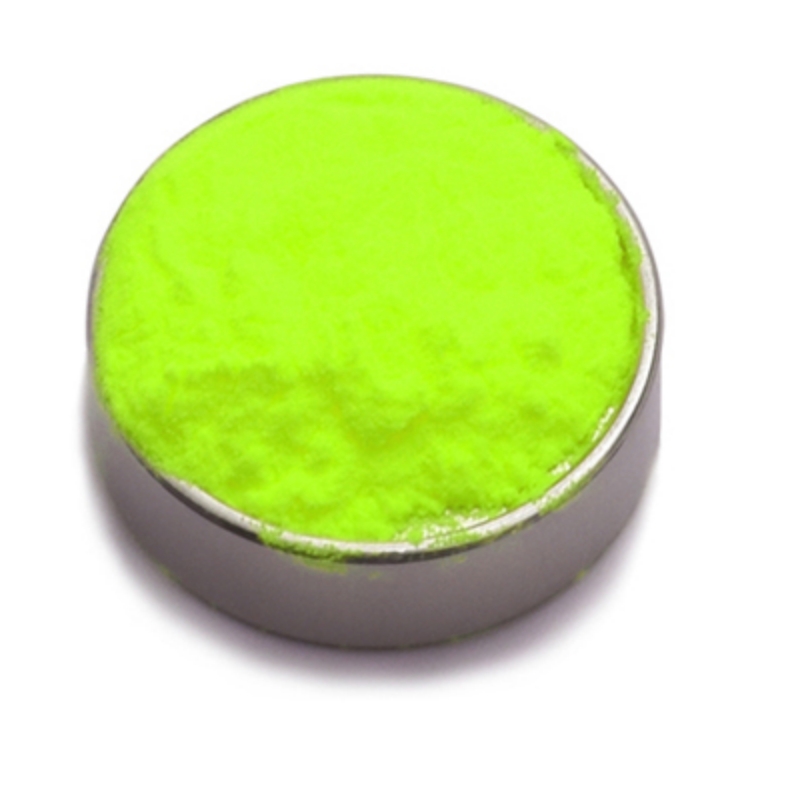Impregnated graphite electrodes are high-performance carbon components designed for industrial applications requiring enhanced electrical conductivity, superior oxidation resistance, and extended durability. Manufactured through advanced impregnation techniques, these electrodes exhibit optimized density, improved thermal stability, and increased mechanical strength. They are widely used in electric arc furnaces, steel manufacturing, metallurgical refining, and industrial electrochemical processes, ensuring efficient energy transfer and long-term reliability in demanding environments.
Product Overview
Impregnated graphite electrodes are enhanced electrode materials that undergo a graphitization process followed by impregnation to improve their properties. These electrodes offer excellent electrical conductivity, high-temperature resistance, and oxidation resistance. Through special treatment, they are optimized for use in high-temperature and high-power electric arc furnaces. These electrodes are ideal for industries requiring high current density and are widely used in smelting and other power-intensive, high-temperature processes.
Key Features
- Enhanced Conductivity: The impregnation process significantly improves the conductivity of the graphite electrodes, allowing for more efficient current transmission.
- High-Temperature Resistance: These electrodes have exceptional high-temperature tolerance, making them suitable for the demanding conditions of high-power electric arc furnaces.
- Improved Oxidation Resistance: Special impregnation treatments increase the electrodes' resistance to oxidation, extending their service life.
- Superior Mechanical Strength: With high mechanical strength, the electrodes are resistant to breakage and compression, making them reliable under harsh working conditions.
- Low Impurity Content: The low impurity level ensures that the smelting process maintains the stability and purity of the metal.
Applications
- Metallurgical Industry: Widely used in electric arc furnaces for steel, electrolytic aluminum, and other metal smelting processes.
- High-Temperature Smelting: Ideal for smelting processes that require high temperatures and high current densities, such as high-power electric arc furnaces and non-ferrous metal smelting.
- Chemical Industry: Used in electric arc furnaces for high-temperature chemical reactions, providing a stable and reliable heat source.
- Power Industry: Used as a current-conducting material in electrical equipment, ensuring efficient and stable operation.
- Electronics Industry: Suitable for high-temperature processing equipment and electrical products requiring efficient heating and conductivity.
| Item | Unit | Nominal Diameter (mm) | ||||||
| 75-200 | 250-400 | 450-600 | ||||||
| Premium Grade | First Grade | Premium Grade | First Grade | Premium Grade | First Grade | |||
| Resistivity ≤ | Electrode | μΩm | 7 | 8 | 7 | 8 | 7.5 | 8.5 |
| Joint | 6.5 | 6.5 | 6.5 | |||||
| Flexural Strength ≥ | Electrode | MPa | 10 | 9 | 8 | |||
| Joint | 13 | 13 | 13 | |||||
| Elastic Modulus ≤ | Electrode | GPa | 12 | 12 | 12 | |||
| Joint | 14 | 14 | 14 | |||||
| Density ≥ | Electrode | g/cm³ | 1.65 | 1.65 | 1.65 | |||
| Joint | 1.72 | 1.72 | 1.72 | |||||
| Thermal Expansion ≤ | Electrode | 10⁻⁶/℃ | 2.6 | 2.6 | 2.6 | |||
| Joint | 2.3 | 2.3 | 2.3 | |||||
| Ash Content ≤ | % | 0.3 | 0.3 | 0.3 | ||||
 new material
new material








